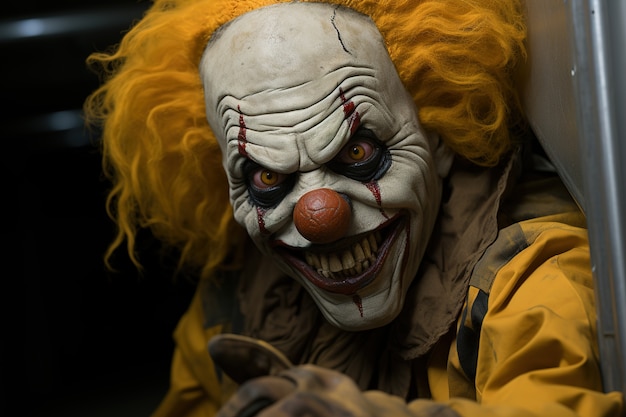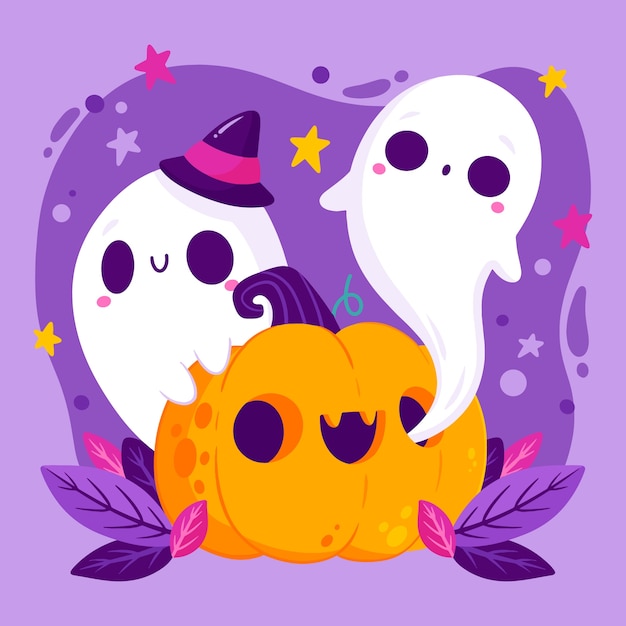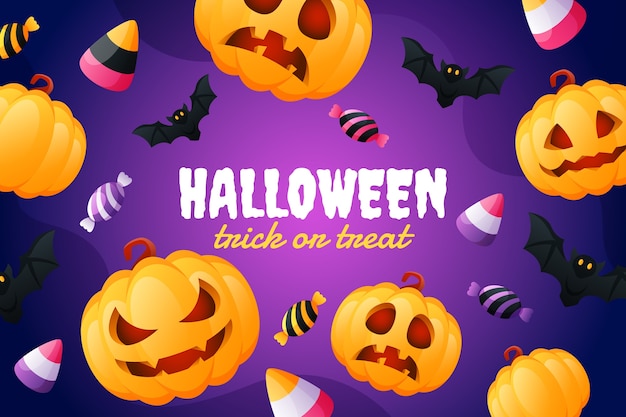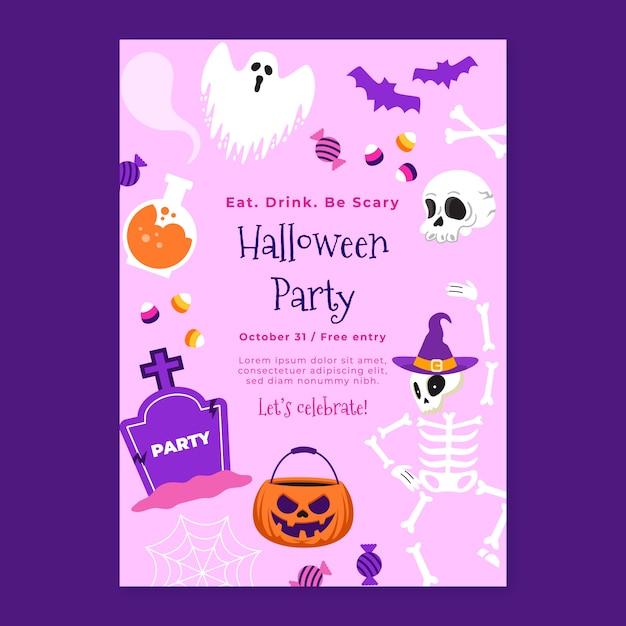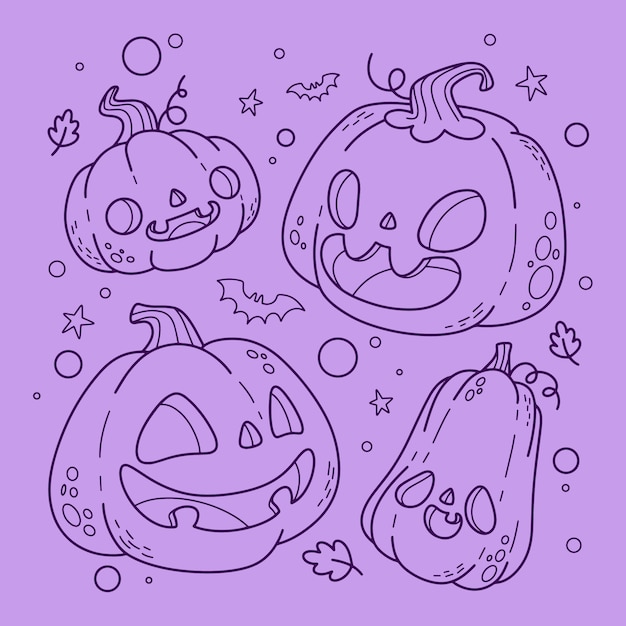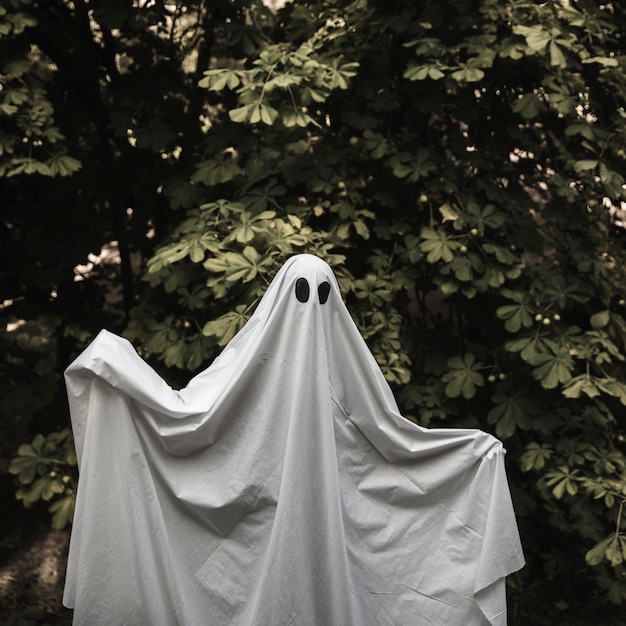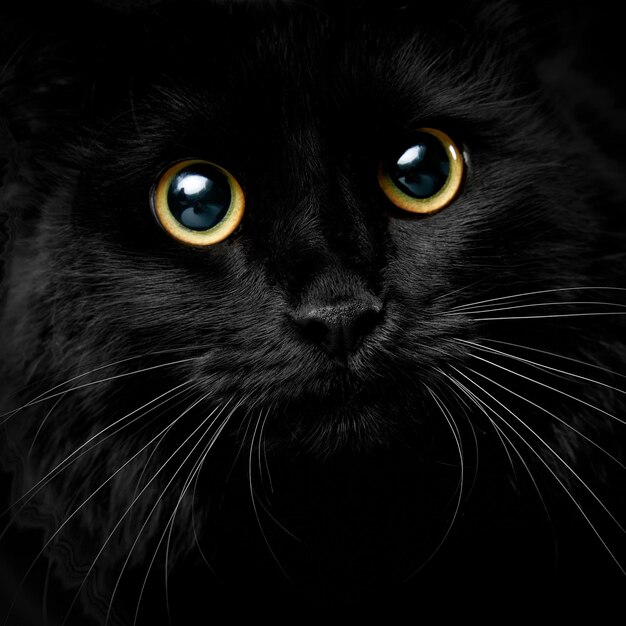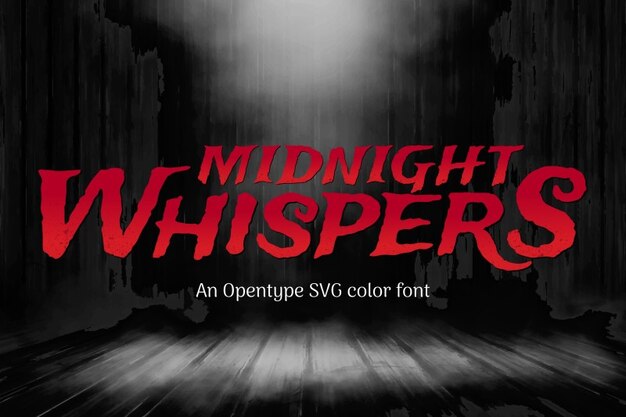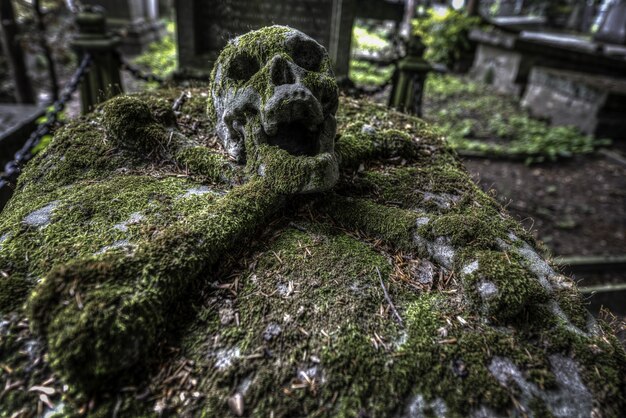Soaked Blood
We all have heard details about Halloween but, do you know in what country did Halloween originate? Do you actually know about Halloween traditions in different areas? Let’s discover the answer to those questions!
Ireland seems to be, according to the scholars, the country in which Halloween (and Samhein) originated. Today we know that this festivity spread to other countries, including the USA. However, there are other nations that have just begun celebrating the spookiest night of the year. Today, we are going to learn a little bit more about the different Halloween traditions around the World. Let’s go!



